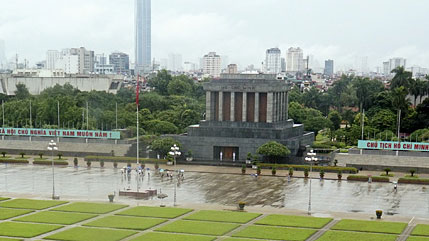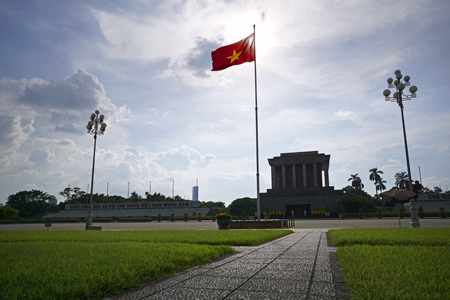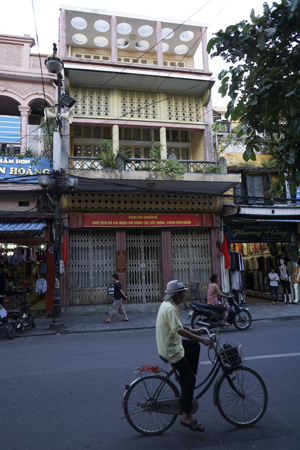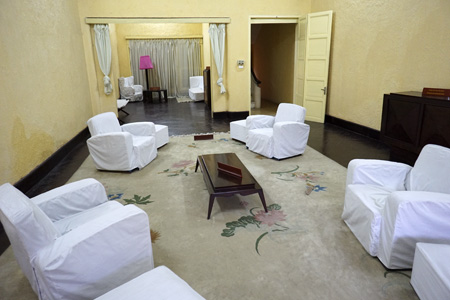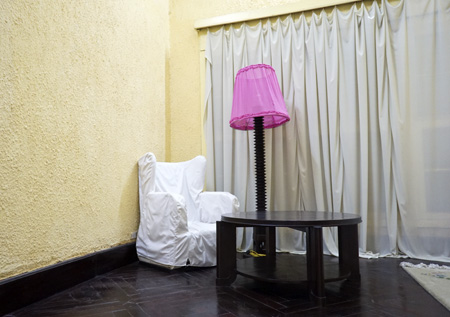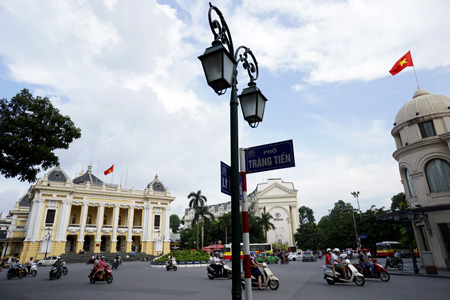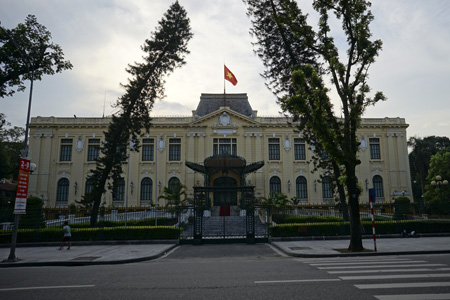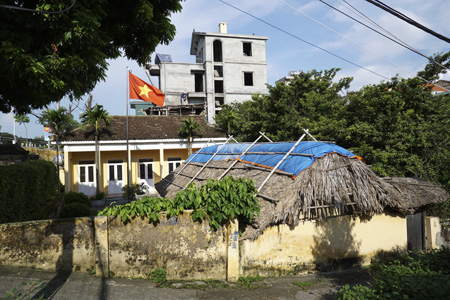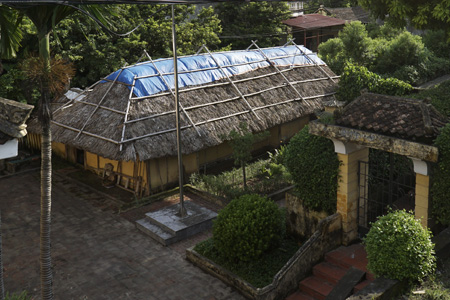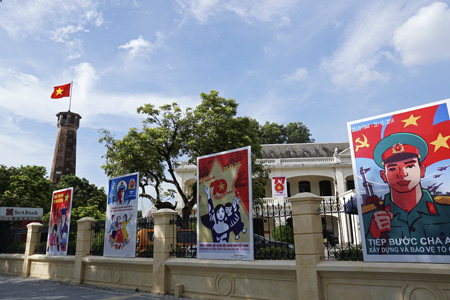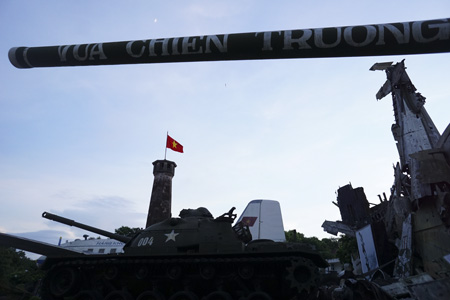The Temple of Literature was constructed in 1070 under the reign of Emperor Ly Thanh Tong. Nowadays it is considered one of the historic and cultural sites of Vietnam. In 1076, Emperor Ly Nhan Tong built The Imperial Academy as the first university of Vietnam. In 1484, King Le Thanh Tong ordered the erection of the first Doctors' stone tablets to honor talents and encourage study. And then they were recognised as the World heritage by UNESCO in 2010. In 2003, the Hanoi People's Committee built four statues of Emperor Ly Thanh Tong, Emperor Ly Nhan Tong, King Le Thanh Tong, and Chu Van An, who founded and developed The Temple of Literature – The Imperial Academy.
One will not disappoint visiting this place.The temple hosts the "Imperial Academy", Vietnam's first national university. The temple was built back in 1070 at the time of King Ly Thanh Tong. One can freely walk around various part of the temple and the admission fee is only 30,000 dong which is about a pound. While we were there place was very busy with young qualified graduates who came there for photo shoot. Best time to go there is in the morning before the place get busy. There are few souvenir shops in there selling interesting things. At least allow couple of hours to look around.
The historic buildings and monuments of Hanoi bear testimony to the richness of the capital city’s cultural heritage and offer visitors a glimpse into the nation’s long arduous struggle for independence and reunification in the mid-20th century.
|
Sixty-nine years ago at Ba Dinh Square, on September 2, 1945, President Ho Chi Minh read the Declaration of Independence, proclaiming the birth of the Democratic Republic of Vietnam.
The President Ho Chi Minh Mausoleum was inaugurated at Ba Binh Square in 1975. Now people from throughout the world can come and pay tribute to the Great Leader.
The House at 48 Hang Ngang Street, Hoan Kiem District, Hanoi was once a silk shop owned by Trinh Phuc Loi - a patriotic upper middle class person – who took part in the Tonkin Free School Movement (Dong Kinh Nghia Thuc) led by Luong Van Can in the early 20th century.
Uncle Ho stayed for a spell at the house and from here he wrote the Declaration of Independence from August 25 to September 2, 1945. A large room on the second floor served as a reception area for guests.
A table and chair used during the time Uncle Ho writing the Declaration of Independence.
At the Hanoi Opera House and August Revolution Square on August 19, 1945, Viet Minh forces staged a grand meeting to appraise armed forces, which directly led to the general uprisings against French rule throughout the country.
Also on August 19, 1945, Viet Minh forces and Hanoians occupied the house of French Colonial Government of Tonkin (Phu Kham Sai Bac Ky) at 12 Ngo Quyen, Hoan Kiem, Hanoi.
The Central Committee of the Communist Party of Indochina (now the Communist Party of Vietnam) clandestinely met at a house owned by Hai Ve in Phu Thuong ward, Tay Ho district, Hanoi zfrom 1941 to 1945.
Mrs Hai Ve’s real name was Cong Thi Lun. Her thatched house became a safe and secret place for the Central Committee of the Communist Party of Indochina to operate.
Hanoi Flag Tower on Dien Bien Phu Street at the age of nearly 200 was built during Nguyen dynasty and remains a symbol of the capital city.
It is now part of the Vietnam Military History Museum. The tower was nearly destroyed when the French destroyed the Hanoi citadel. On October 10, 1954, the national red flag was first hoisted to the top of the tower and flown. |




